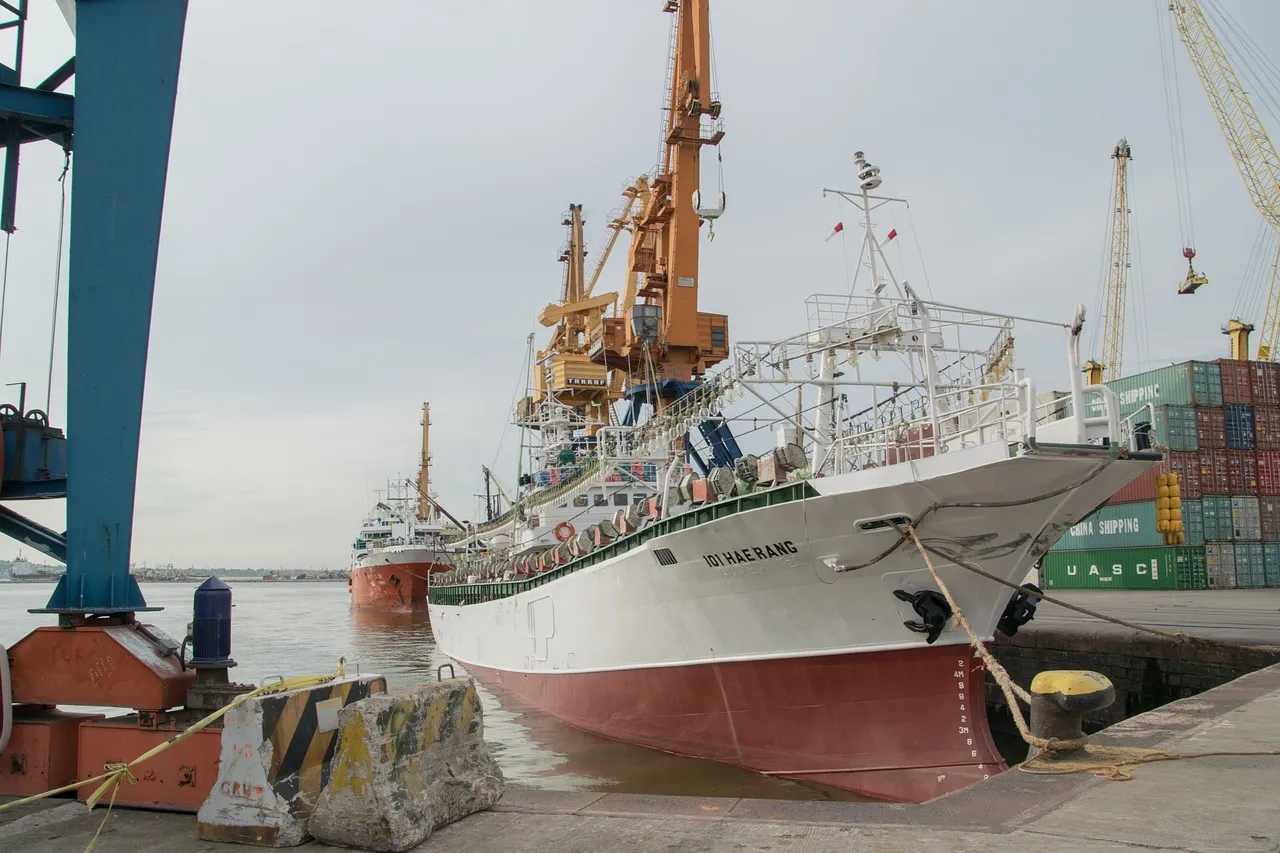In today's globalized business wave, re-export trade, as a special mode of trade, has gradually entered the view of many businesses. It is like a bridge connecting different markets, seemingly opening up broader profit margins for enterprises. So, does re-export trade carry risks? Today, let's have a good discussion about this topic.
I. What Exactly is Re-export Trade?

Simply put, re-export trade refers to the business of importing and exporting goods in international trade that does not occur directly between the producing country and the consuming country, but rather through a third country. For example, goods produced in Country A are not sold directly to Country B, but are first sold to a trader in Country C, and then resold by the trader in Country C to Country B. This trade model often arises due to factors such as trade barriers, tax policies, or market demand.
II. Risks in Re-export Trade
1. Policy Risks
Trade policies vary greatly among different countries. Re-export trade involves customs, tax, and other policy regulations of multiple countries. If one does not have a thorough understanding of relevant policies, it is very likely to cross a red line. For instance, some countries may impose restrictions on the re-export of certain goods, or suddenly adjust their tax policies concerning re-export trade. Mr. Qiu once encountered such a situation. While conducting a re-export transaction, he failed to timely pay attention to a newly introduced policy by the destination country regarding commodity inspection and quarantine. This resulted in the goods being unable to clear customs smoothly upon arrival, not only causing delays but also incurring additional storage fees, leading to heavy losses.
2. Market Risks
Market conditions can change in an instant. In the process of re-export trade, there may be a period between purchasing goods and ultimately reselling them. During this period, market demand can change significantly. Mr. Qiu once engaged in re-export trade of a certain type of electronic product. She originally expected strong and sustained market demand for the product, but unexpectedly, during transit for re-export, new, more competitive similar products appeared on the market. By the time her goods arrived at the destination, they were difficult to sell, forcing her to sell at a reduced price, significantly cutting her profits.
3. Logistics Risks
Re-export trade often involves longer transportation routes and complex logistics links. Goods may encounter various unexpected situations during transit, such as vessel delays due to bad weather, or damage and loss of goods at transshipment ports. Should these problems arise, they will not only affect the timely delivery of goods but may also lead to a series of compensation disputes, causing considerable economic losses for traders.
III. How to Address Risks in Re-export Trade?
- Firstly, thoroughly research the trade policies of the involved countries, pay close attention to policy changes in a timely manner, and if necessary, engage professional trade consultants or lawyers for guidance.
- Secondly, conduct thorough market research to understand market demand trends and competitive conditions, reasonably arrange procurement and sales plans, and minimize the impact of market risks.
- Finally, choose reliable logistics partners, sign comprehensive logistics contracts that clearly define the responsibilities and obligations of both parties, and purchase adequate insurance for the goods to address potential logistics incidents.
Although re-export trade carries numerous potential risks, as long as we fully recognize these risks and adopt effective countermeasures, we can still carve out a share in this business sector. Friends who are engaged in trade or intend to venture into re-export trade, what are your thoughts and experiences on this? Please feel free to leave comments and discuss in the comment section.

Recent Comments (0) 0
Leave a Reply